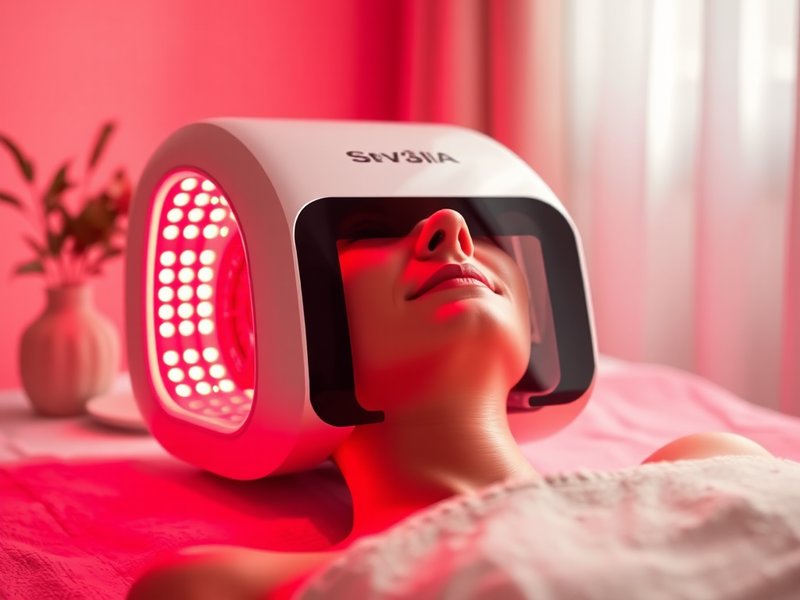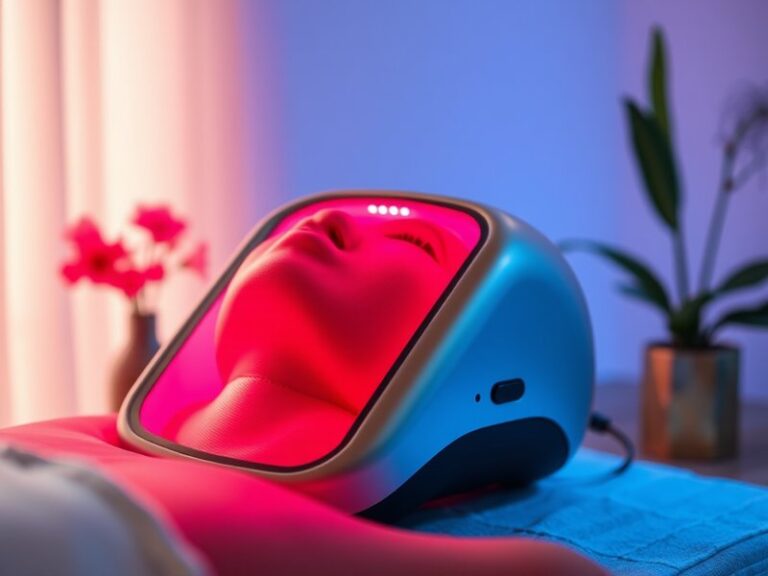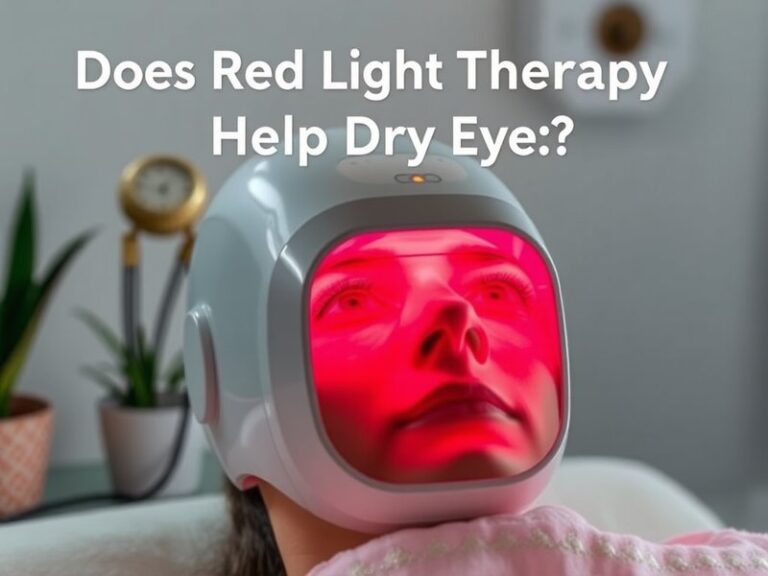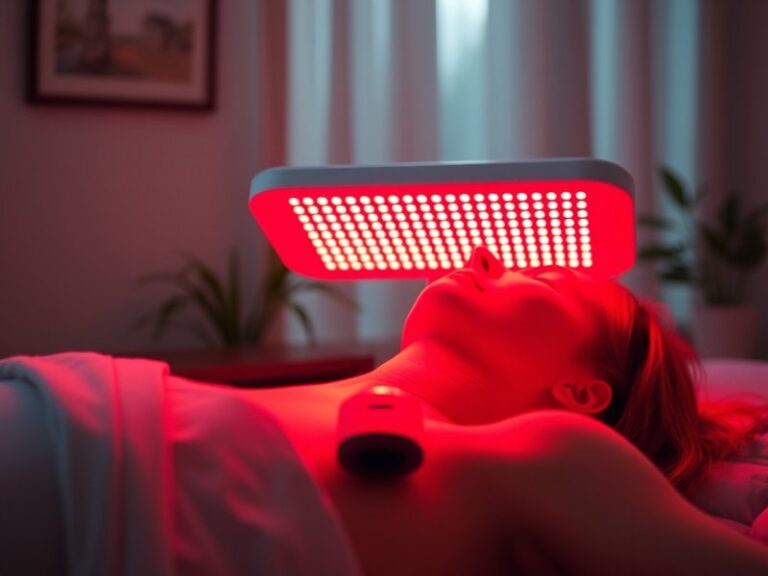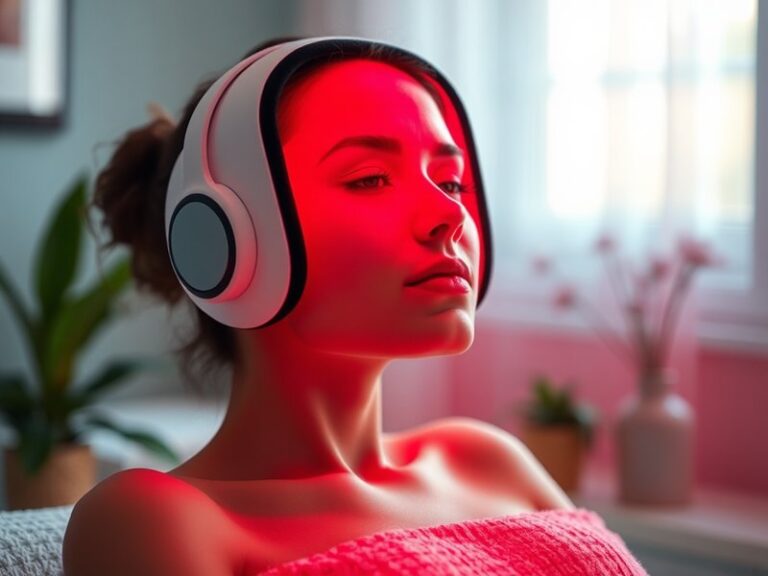Where Do You Get Red Light Therapy?
Where Do You Get Red Light Therapy?
Have you ever wondered how to access the benefits of red light therapy?
Learn more with our post on Red Light Therapy Cost
This article will explore various locations and methods for obtaining red light therapy, discuss its benefits, address common concerns, and provide alternatives for those interested in this popular wellness treatment. By the end, you’ll have a comprehensive understanding of where to find red light therapy options.
Key Takeaways
- Red light therapy can be accessed through professional clinics, at-home devices, or wellness centers.
- This therapy boasts several benefits, including improved skin health, reduced inflammation, and enhanced recovery time.
- Considerations before starting therapy include the frequency of sessions, safety measures, and device quality.
What is Red Light Therapy?
Red light therapy (RLT) is a non-invasive treatment that uses wavelengths of red light to promote healing and rejuvenation in the body. This therapy works on a cellular level, where red light penetrates the skin and stimulates cellular processes, including increased production of ATP (adenosine triphosphate), the energy currency of cells.
RLT has gained popularity for its application in various fields, including dermatology, physical therapy, and even sports medicine. It is commonly used to treat skin conditions, accelerate wound healing, and reduce pain and inflammation.
What are the Benefits of Red Light Therapy?
Red light therapy is celebrated for its extensive range of benefits. Below are some key advantages that have garnered interest from both professionals and enthusiasts.
Skin Health Improvement
One of the primary benefits of red light therapy is its ability to enhance skin conditions. Studies have shown that RLT can reduce wrinkles, improve skin texture, and promote collagen production, leading to a more youthful appearance.
Reduced Inflammation
RLT is known for its anti-inflammatory properties. It helps reduce inflammation in various conditions, such as arthritis and chronic pain, providing relief for many individuals suffering from these ailments.
Enhanced Recovery Time
Athletes often turn to red light therapy for its potential to speed up recovery. By improving blood circulation and reducing oxidative stress, RLT can help alleviate soreness and encourage faster muscle recovery post-exercise.
Find our take on Can Red Light Therapy Reduce Swelling?
Additional Benefits
Red light therapy may also provide benefits for hair restoration, improved sleep quality, and enhanced mood, making it a versatile wellness tool.
Is it Possible to Access Red Light Therapy?
Yes, red light therapy is widely accessible, with various options available to suit different needs and preferences. Understanding these options can help you choose the best fit for your lifestyle.
What are the Advantages of Seeking Professional RLT?
Professional-grade red light therapy can offer a stronger light emission and a more targeted application, ensuring effectiveness.
What are the Disadvantages of Seeking Professional RLT?
However, visiting a clinic for treatments may be more expensive and time-consuming compared to at-home options.
What are the Things to Consider Before Starting Red Light Therapy?
Before engaging in red light therapy, there are several important factors to keep in mind.
Frequency of Sessions
Understanding how often to undergo therapy can greatly impact its effectiveness. Most professionals recommend sessions ranging from two to five times a week based on individual needs.
Session Duration
Typical session durations can vary from 10 to 30 minutes. It’s essential to discuss the appropriate length with a qualified professional to avoid overstimulation or underutilization of the therapy.
Safety Measures
Always consult with a healthcare provider, especially if you have existing health conditions, to ensure that red light therapy is a safe option for you.
What are the Alternatives to Red Light Therapy?
If you’re exploring different wellness therapies, there are several alternatives to consider.
Laser Therapy
Laser therapy uses concentrated light beams to treat various skin and health conditions, offering benefits similar to red light therapy with potentially faster results.
Infrared Saunas
Infrared saunas provide heat therapy that can promote relaxation, detoxification, and improved circulation, making them a popular choice for wellness enthusiasts.
Cryotherapy
Cryotherapy involves exposing the body to extreme cold to reduce inflammation and soreness. While different in approach, it can provide some similar benefits to RLT.
LED Masks and Devices
At-home LED masks use various light wavelengths, including red light, to improve skin health and combat aging, making it a more convenient option for regular users.
Conclusion: Is it Recommended to Pursue Red Light Therapy?
In summary, red light therapy offers numerous potential benefits, including enhanced skin health and improved recovery times. With several accessible options, individuals can choose what method works best for them. It’s crucial to consider your personal circumstances and consult with professionals to maximize the therapy’s advantages.
Frequently Asked Questions
Where can I find professionals offering red light therapy?
You can find licensed practitioners in dermatology clinics, wellness centers, and physical therapy offices that specialize in non-invasive treatments.
Can I use at-home devices for red light therapy?
Yes, many at-home devices are available on the market. However, it’s important to choose reputable brands and follow manufacturer’s guidelines for effective and safe use.
How long does it take to see results from red light therapy?
Results can vary depending on individual conditions and frequency of use. Some users notice improvements within a few sessions, while others may take longer, up to several weeks.
Are there any risks associated with red light therapy?
Generally, red light therapy is considered safe with few side effects. However, it’s advisable to consult with a healthcare provider, especially for those with sensitive skin or specific medical conditions.
